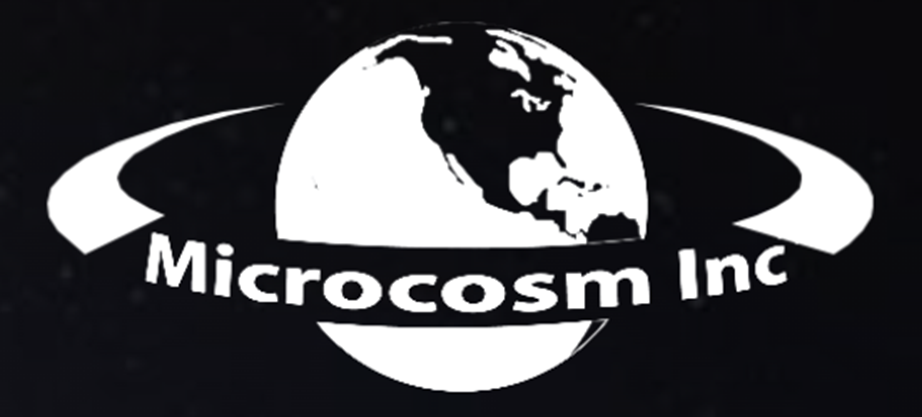A spacecraft that can provide the propulsion necessary to reach other planets while also being reproducible, relatively light, and inexpensive would be a great benefit to larger space missions in the inner solar system.
Microcosm Inc. which is based in Hawthorne, California, has proposed such a system. Its Hummingbird spacecraft would provide a platform to visit nearby planets and asteroids and a carry a payload to do some basic scouting of them.
Large space missions are very expensive. Using a much less expensive spacecraft to collect preliminary data on the mission target could potentially help save money on the larger mission's final design. That is the role that Hummingbird was designed to play. It is essentially a propulsion system, with slots for radiation-hardened CubeSat components as well as a larger exchangeable payload, such as a telescope.
The critical component of the Hummingbird was its propulsion system. It was designed to use a rocket engine that burns hydrazine fuel, and it would hold a lot of that fuel. A fully assembled system was expected to weigh fifty-five pounds without propellant installed. A fully fueled system would weigh an estimated one hundred and seventy-six pounds.
That would give Hummingbird plenty power to bring its orbital speed up to an estimated two miles per second delta-V. This velocity is required for getting to hard-to-reach objects like some near-Earth asteroids. It could have also reach other places, such as Mars or even Venus, the various Lagrange points, or even Mars' moons.
In celestial mechanics, the Lagrange points are points of equilibrium for small-mass objects under the gravitational influence of two massive orbiting bodies. When the spacecraft arrived, the prototype of Hummingbird described in a paper presented back in 2013 would take images of its target world using an Exelis telescope.
The company that manufactures this telescope has since been bought by Harris Systems, which was then merged into L3Harris Technologies, the owner of Aerojet Rocketdyne. However, the authors of the Hummingbird proposal stress that the payload itself would have been interchangeable and could have been tailored to the mission that it was meant to scout.
The Hummingbird bus design also contained the fuel tank, and it had additional slots for CubeSat components. These components could have been used for a variety of purposes such as further data collection or data analysis. However, the paper doesn't mention how Hummingbird would have handled standard CubeSat operations, like attitude control or communications back to a ground station. Those operations could likely have been worked out in future iterations. Additionally, the final design was published before the dramatically reduced cost of getting to orbit, which is now available. The authors don't even mention a SpaceX ‘Falcon’ as a potential launch service. A great deal has changed in the space industry in the last eleven years.
The concept behind Hummingbird, an inexpensive, adaptable platform for preliminary scouting missions to interesting places in the inner solar system, has yet to see its day in the sun. The project did not receive a Phase II Small Business Innovation Research grant, which could have continued its development. But maybe it or a similar system will eventually contribute to the exploration of interplanetary space.
